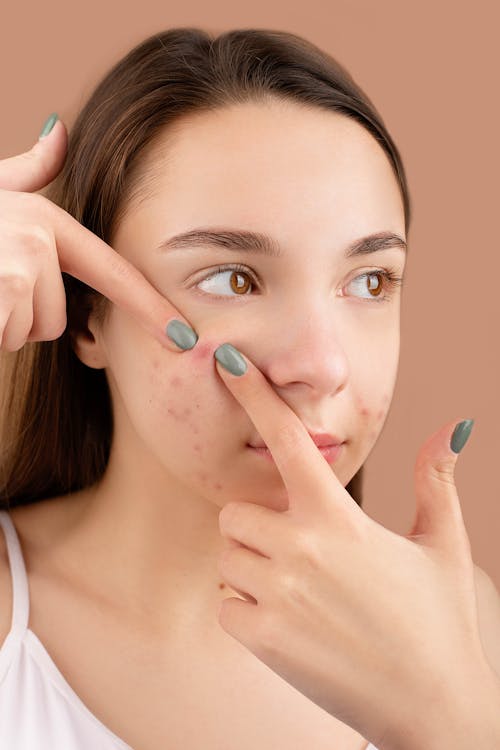Atopic Dermatitis: Signs, Triggers, and Ways to Treat It
Atopic dermatitis (AD), commonly known as eczema, is a chronic skin condition that affects millions of people worldwide, with children often being more susceptible. It’s characterized by dry, itchy, and inflamed skin, which can range from mild irritation to intense discomfort. Although there is no cure for atopic dermatitis, there are treatment options and lifestyle adjustments that can help manage its symptoms. If you are dealing with AD, understanding its causes, identifying triggers, and exploring available treatments could provide relief and improve quality of life.
Atopic Dermatitis: What Causes It, How It Presents, and How to Manage It
Atopic dermatitis (AD) is a complex condition shaped by a mix of genetic, environmental, and immune system factors. If your family has a history of asthma, hay fever, or other allergic conditions, you may have a higher risk of developing AD. This genetic tendency weakens the skin’s natural barrier, making it harder to lock in moisture and fend off irritants.
Environmental triggers also play a big role. Dry weather, allergens, certain foods, or harsh skincare products can worsen symptoms. For many with AD, flare-ups are linked to specific triggers like stress, extreme temperatures, or rough fabrics. Identifying these triggers can make it easier to avoid or manage outbreaks.
Recognizing the Signs of Atopic Dermatitis
Symptoms of AD vary widely between individuals and can change over time. Common signs include dry, scaly skin patches, often with redness and swelling. The condition is also marked by intense itching, which can lead to scratching and further skin damage. Over time, affected areas may thicken or develop a rough, leathery texture.
AD most often appears on the face, neck, elbows, knees, and hands, but it can affect nearly any part of the body. For children, these symptoms can be especially distressing, disrupting sleep and mood. For parents, understanding these signs and how to manage them can significantly improve a child’s comfort.
Ways to Treat and Manage Atopic Dermatitis
While there’s no cure for AD, various treatments can ease symptoms. Working with a healthcare provider to create a personalized plan is key. Here are some common approaches:
- Moisturizers and emollients: Regular use of fragrance-free, gentle moisturizers helps maintain the skin barrier and reduce dryness. For severe dryness, thick emollients or ointments—especially when applied right after bathing—can be particularly effective.
- Topical steroids: For intense flare-ups, doctors often recommend topical corticosteroids. If prescribed, follow your doctor’s instructions closely, as long-term use may thin the skin.
- Non-steroidal topicals: Newer options like calcineurin inhibitors and phosphodiesterase-4 inhibitors reduce inflammation and itching without steroids, making them a good alternative for those cautious about corticosteroids.
- Lifestyle and environment adjustments: Modifying your surroundings can help manage AD. Using a humidifier, avoiding extreme temperatures, and wearing soft, breathable fabrics may reduce irritation. Identifying and steering clear of specific allergens (when applicable) can also lower flare-up risks.
- Oral medications and biologics: In severe cases, healthcare providers may prescribe oral drugs or biologic treatments that target the immune system. These newer options can offer relief when traditional treatments fall short.
Living Well with Atopic Dermatitis
Managing AD often requires a multifaceted approach. While it can be challenging, understanding its symptoms, exploring potential causes, and trying different treatments and lifestyle changes can lead to a better quality of life.
Staying in close communication with healthcare providers, combined with personal observation and adjustments, is key to navigating the condition. Educating yourself and actively participating in care decisions can support long-term skin health and comfort.
